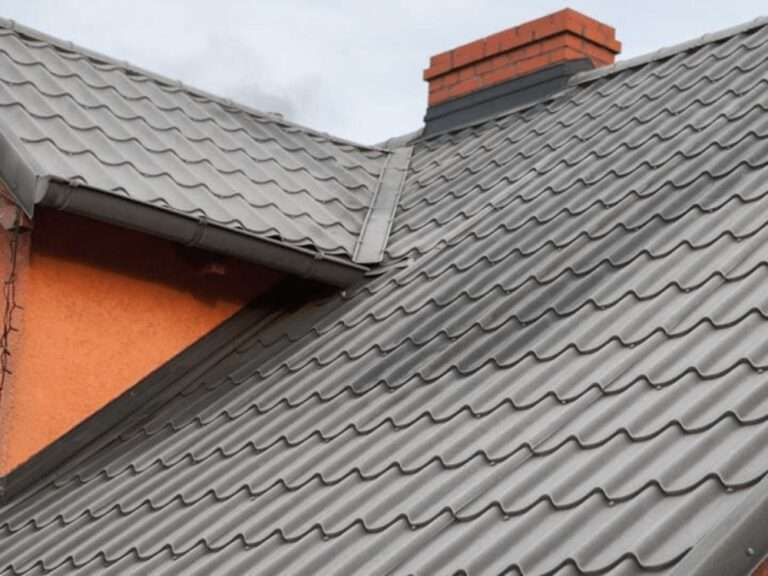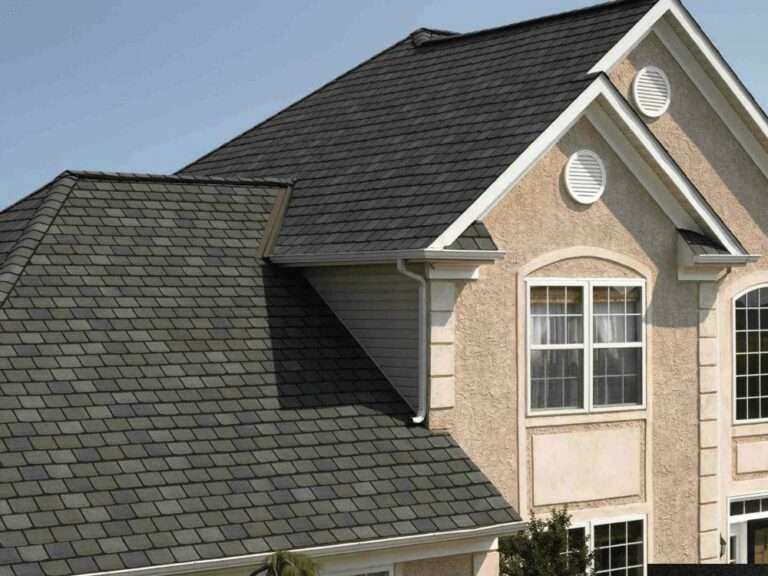London Repair Roofing Leaks: Guaranteeing a Safe and Dry House
Introduction
London has always been known for its historical architecture and unpredictable weather; thus London repair roofing leaks poses unique challenges when maintaining the durability of these structures. In London, one of the most important things to do in property maintenance is ensuring that roofs are intact and leak-free. Roofs with leaks can lead to severe damage like structural problems or even the growth of molds as well as undesirable insulation properties. This article looks at why repairing roof leaks in London is significant, the common causes, how to find and fix them, as well as tips on maintaining a roof without any leakage.
The Importance of Repairing Roofing Leaks
Roof leaks are more than just inconvenient; they can spell disaster for any property if not dealt with promptly. This water’s intrusion may bring about:
- Structural Damage: Continual leakages can weaken different sections of a building including roofing decks, beams, rafters among others hence leading to expensive reconstruction or sometimes even partial collapse.
- Mold and Mildew Growth: Water from leaks creates an ideal environment for mold and mildew growth which could eventually lead to health problems such as allergies respiratory issues amongst other diseases.
- Insulation Damage: Wet insulation loses its effectiveness resulting in increased energy costs because heating and cooling systems have to work harder in order to maintain comfortable temperatures.
- Interior Damage: Ceilings, walls and personal belongings can be damaged by leaking water causing stains, peeling paint and deteriorating plaster amongst other things.
- Electrical Hazards: Leaking water into electricity is dangerous since it results in short circuits that may lead to fire outbreaks or electrical breakdowns.
Common Causes of Roofing Leaks in London
One way of preventing or addressing a leaky roof is through understanding some common causes of roofing leaks at home Some notable ones within London are:
- Weather Extremes: London experiences a wide range of weather conditions, from heavy rains to strong winds. These climatic extremities often wear out roofing materials resulting into leaking roofs.
- Aging Roofs: Roofing materials deteriorate over time and become less efficient. The natural degradation of materials makes older roofs more vulnerable to leaks.
- Poor Installation: Bad installation practices may result in no sealing and gaps in roofing materials that could cause leakages.
- Clogged Gutters: Water can back up behind clogged gutters causing it to seep under the roof covering material.
- Flashing Failures: Flashings which seal joints and edges on roofs can fail due to poor installation, weathering or ageing thus resulting in leakages around chimneys, vents and skylights.
- Broken or Missing Shingles: Strong wind, hail or falling objects can damage shingles causing them to be dislodged from the roof top; even one missing shingle would let water go through into the roof structure beneath.
Detecting Roofing Leaks
Early detection of a roofing leak prevents grave destructions and an expensive repair process within the building for homeowner’s sake; though caretakers should watch out for:
- Water Stains on Ceilings and Walls: Discolored or stained ceilings and walls are usually telltale signs of a leak that can be seen by anyone easily.
- Damp or Musty Odors: A lingering musty smell indicates the presence of molds or mildew which is often associated with water leakage at home premises in London
- Dripping Water: Obvious drips during or after rain are a clear indicator of a leak.
- Curling or Buckling Shingles: Shingles that are warped or not lying flat can indicate water damage underneath.
- Blistering Paint or Wallpaper: Moisture from leaks can cause paint and wallpaper to peel or blister.
- Visible Mold: In many cases mold growth, whether in the attic or on the roof proper, is indicative of leaking.
The Process of Repairing Roofing Leakages
Steps To Repairing Roof Leaks:
- Inspection: Inspecting the roof thoroughly helps identify the source of the leakage; this can be done visually using moisture detection equipment.
- Damage Assessment: After identifying the source of leakage, assess its extent by checking roofing structures, insulation materials and interior damages.
- Temporary Measures: Sometimes temporary measures like tarpaulins or sealants are used to stop water infiltration completely before permanent repairs are done.
- Repair/Replacement: Depending on how severe it is; some shingles may need replacement while others may require resealing flashing, fixing gutters or replacing an entire roof in drastic situations.
- Waterproofing: This is also necessary so as to avoid future leaks through ensuring all repairs have been properly sealed and waterproofed .
- Final Inspection: This last phase involves verifying whether repair was successful and any other outstanding matters were settled satisfactorily
Hiring A Roof Contractor In London
While minor roofing problems can sometimes be handled by handy homeowners, it’s usually better to hire a professional roofer especially for extensive and complex repairs- here is how you can find them:
1-Check Credentials Ensure that they have licenses, relevant insurance covers and professional certifications.
2~Experience and Expertise Look for contractors who have a history of successful roof repairs and an in-depth understanding of the specific challenges that are associated with London roofs.
3| References and Reviews Ask to be given contacts of previous clients and also go through some of the reviews left by customers to ascertain both reputation and quality.
4^Detailed Estimates+ Have written, detailed quotations from several firms to ensure comparison between price and services provided
5.Warranty Every reputable contractor should provide warranty for their job; this assures you that your repair is guaranteed.
Preventative Maintenance for a Leak-Free Roof
Preventive maintenance is essential for preventing roofing leaks as well as extending the life span of your roof. Here’s how you can maintain your roof:
- Inspections: The inspections on your roof should take place biannually, ideally in springtime and fall, as well as after having experienced bad weather events.
- . Lean Gutters It’s important to clean gutters regularly because if they clog water will back up into them leading to improper drainage.
- Trim Trees’ Trimming hanging branches helps prevent damage caused by falling limbs and it reduces debris build-up on the rooftop.
- Address Minor Issues Promptly
Conclusion: London Repair Roofing Leaks
Significant damage and disruption can be caused by roofing leaks, though the effect can be reduced through prompt detection and repair. To keep a house safe and dry, it is important to understand why most of the leakages occur, what the signs are and how to go about fixing them in an orderly manner. Because of unpredictable weather conditions in London, property owners and managers must engage in proactive roof maintenance as well as identifying a reputable roofing contractor. Taking note of any signs that can compromise your roof will guarantee that you have a good roof for many years.








